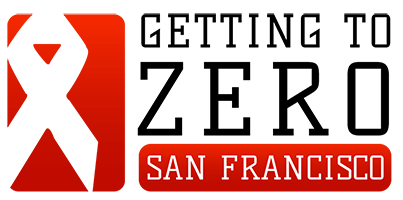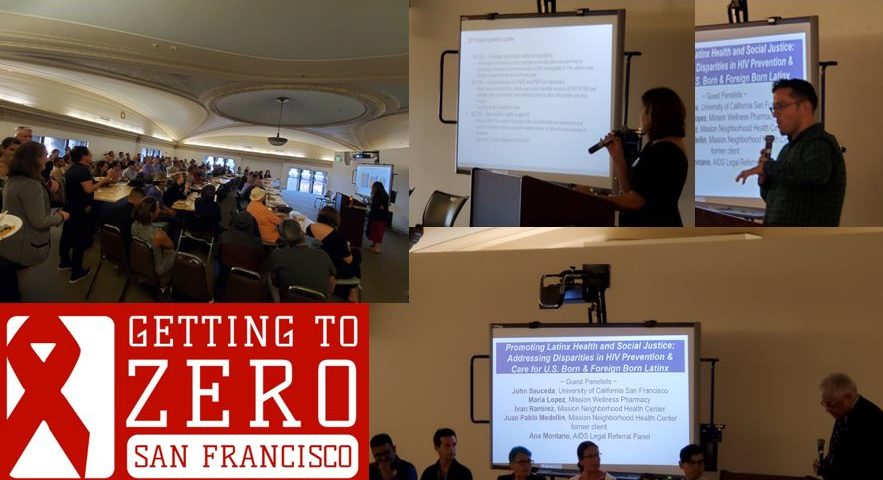September 2019 Consortium Meeting: Latest HIV Epidemiology Report and Addressing Disparities in HIV Prevention and Care for U.S. Born & Foreign Born Latinx

HIV & Health Insurance 101 – online training resource
September 29, 2019Getting to Zero San Francisco: A Collective Impact Approach
December 9, 2019September 2019 Consortium Meeting: Latest HIV Epidemiology Report and Addressing Disparities in HIV Prevention and Care for U.S. Born & Foreign Born Latinx
Thanks to everyone who came out for the Consortium meeting last Thursday. We had a record crowd with 115 community members in attendance!
Courtney Mulhern-Person provided an update on local, state and national budget and policy issues including the public charge rule and a call to action regarding the NADAC index to ensure San Franciscans living with HIV maintain access to their life-saving medications. From the SFDPH Surveillance Team, Alison Hughes presented the latest data from the 2018 HIV Epidemiology Annual Report (here). If you missed it, the exciting news is that the number of new diagnoses dropped below 200, to 197, the lowest number ever recorded. However, the data also shows we still have so much more to do to get to zero in San Francisco as disparities persist.
Miguel Ibarra and Jacob Moody co-moderated an engaging discussion between panelists and the audience on disparities in HIV prevention and care for Latinx San Franciscans, U.S and foreign-born. The guest panelists included Dr. John Sauceda (UCSF Dept of Medicine), Ana Montano (AIDS Legal Referral Panel), Ivan Ramirez (Clínica Esperanza/Mission Neighborhood Health Center), Juan Pablo Medellin (Clínica Esperanza/Mission Neighborhood Health Center), and Maria Lopez (Mission Wellness Pharmacy).
Slides from the evening’s presentations: September 26 Consortium Meeting. Here to listen to the recording.
*Important note: There were some concerns raised at the close of the meeting about PrEP use and the increasing local STI epidemic. Unfortunately, we weren’t able to engage in conversation on this point but we want to follow up with some PrEP facts and links to resources for more information (below). The increase of STIs began long before PrEP availability, and PrEP provides the opportunity to screen more regularly for STIs, picking up many more asymptomatic cases that can then be treated. Getting to Zero San Francisco strongly supports the use of PrEP as a critical intervention in the HIV prevention package which also demonstrates a positive effect on active STI screening.
- PleasePrEPMe (English)/PleasePrEPMe (en Español) – https://www.pleaseprepme.org/es, https://www.pleaseprepme.org/es/rescursos-del-paciente
- PrEP Basics Fact Sheet (English)/Lo Esencial de PrEP (en Español) – https://getsfcba.org/wp-content/uploads/2016/10/prep-basics-fact-sheet-update-spanish.pdf
- PrEP Navigator Manual: Helping People Access Pre-Exposure Prophylaxis (English manual)/Ayudando A Las Personas a Tener Acceso A La Profilaxis Anterior a la Exposición (en Español)


